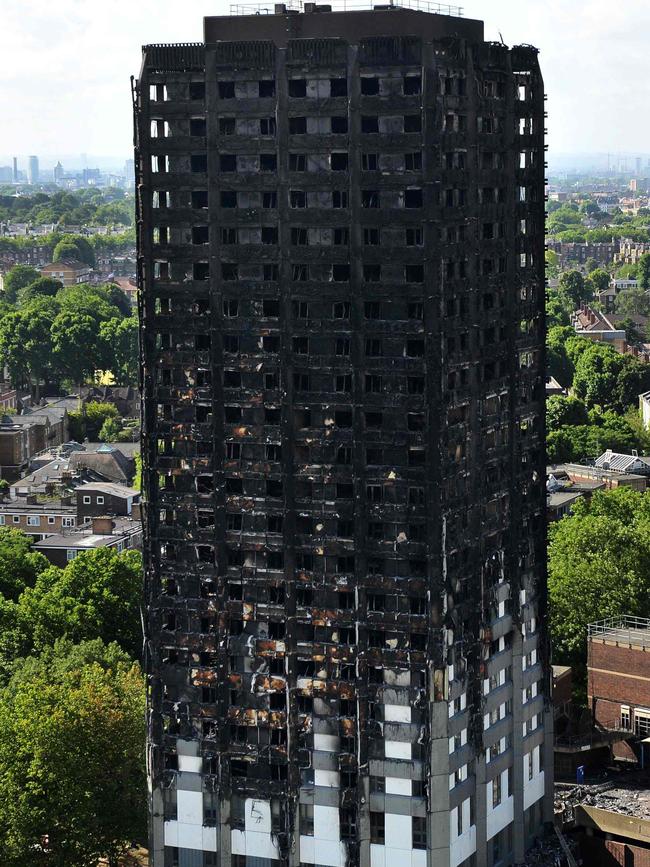Cladding audit prompted by Grenfell Tower fire reveals some apartment buildings still at ‘extreme’ or ‘high’ danger rating
Ten buildings, largely apartment blocks, remain at “extreme” or “high” safety risk due to presence of potentially flammable cladding – but the government still won’t say which they are.

SA News
Don't miss out on the headlines from SA News. Followed categories will be added to My News.
Occupants of 10 South Australian buildings, predominantly apartments, remain at significant fire danger nearly a year after a major audit found the properties contained potentially flammable cladding.
But the location of the properties or the name of the buildings remain secret.
The latest State Government cladding audit, released this month, reveals 10 out of 30 properties identified last October to have aluminium composite panels, were still rated as “extreme” or “high” safety risk.
The majority of buildings are apartment blocks but also include a hospital/nursing home and a hotel or hostel type building, according to building definitions contained in the survey.
Under government definitions buildings rated extreme in the October audit had “unsatisfactory” safety for occupants and were to require “immediate remedial work … or action” to reduce the risk to occupants.
Buildings with a “high” rating were to be fixed within a year of being identified.
The audit shows that owners of three of the 10 high or extreme-risk buildings had either agreed to a solution with the council or were having engineers’ reports reviewed by the council.

But seven owners had only “engaged” with the council suggesting no remedial action had been developed.
The remaining 20 buildings have had their danger rating downgraded to “moderate” or “low” meaning that fire safety provisions were “sufficient to allow safe exit … in the event of a facade fire”.
The only two public-owned buildings on the audit list, one which was under construction and the other a toilet block, have been fixed and are now rated as “low” risk.
Adelaide City Council, which has most of SA’s high-rise apartment buildings, told The Advertiser it does not have any privately-owned buildings in its boundaries that are rated “high” or “extreme”.
The State Government launched a statewide investigation three years ago to identify buildings with aluminium composite panels in the wake of the 2017 Grenfell Tower inferno that killed 72 people.
DPTI last year cited impacts on its “business affairs” among reasons last year to refuse a Freedom of Information request by the ABC for the list of potentially dangerous buildings.
A spokeswoman for Planning Minister Vickie Chapman said the remediation of the buildings was being managed by councils.
“This work is multifaceted and complex and in most cases, fire safety engineers have been engaged to carry out detailed analysis and make recommendations of the remedial action required,” she said.
The spokeswoman said cladding response director Wendy Campana has “worked closely” with councils to notify all affected building owners and their tenants.
The Advertiser understands the government will not disclose the addresses of the buildings to protect occupants’ safety.

